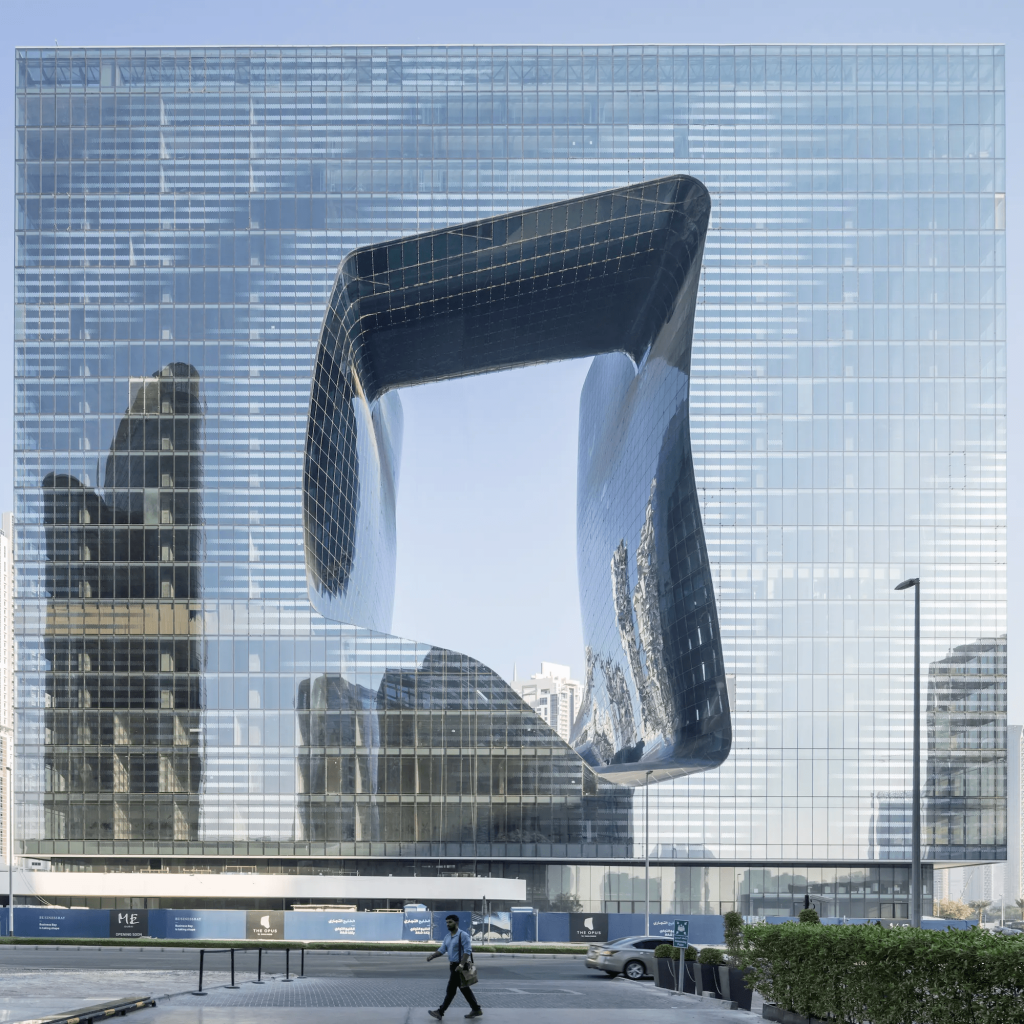In section, I’ll enumerate all the different features we should take into account about the composition of a building or construction project. To ease the understanding of the different concepts, I’ll also add one example representing each of the features.
Rythm
Repetition of shapes in space. There are many options, playing with windows, columns, pillars, doors,…, but also rooms or floors themselves.
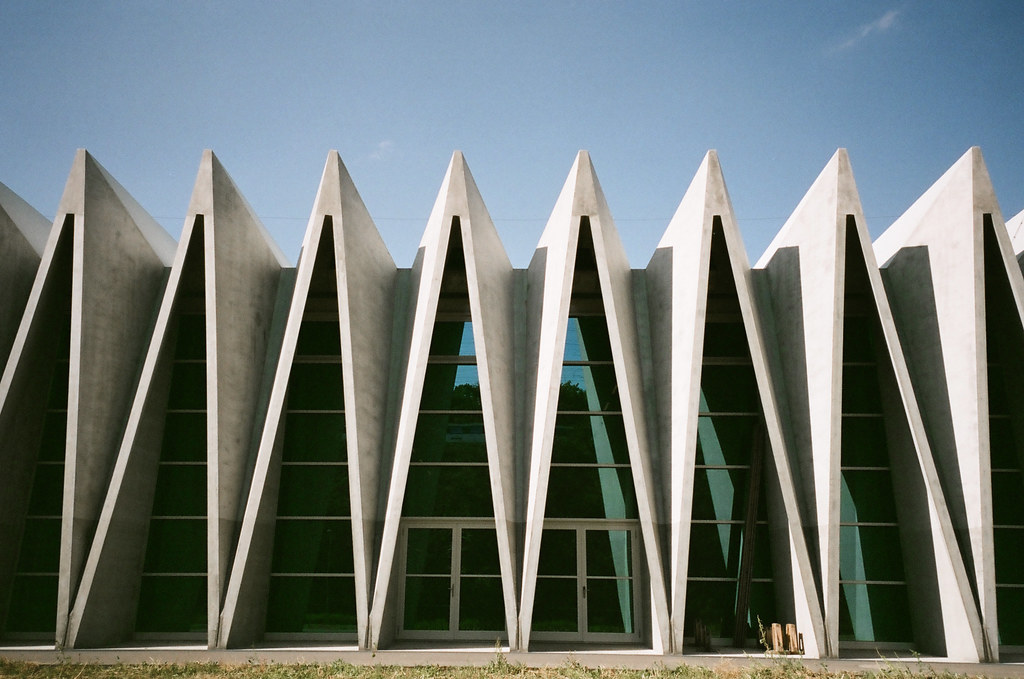
Axis
Linear element that marks a direction and distributes the space or the elements around it.
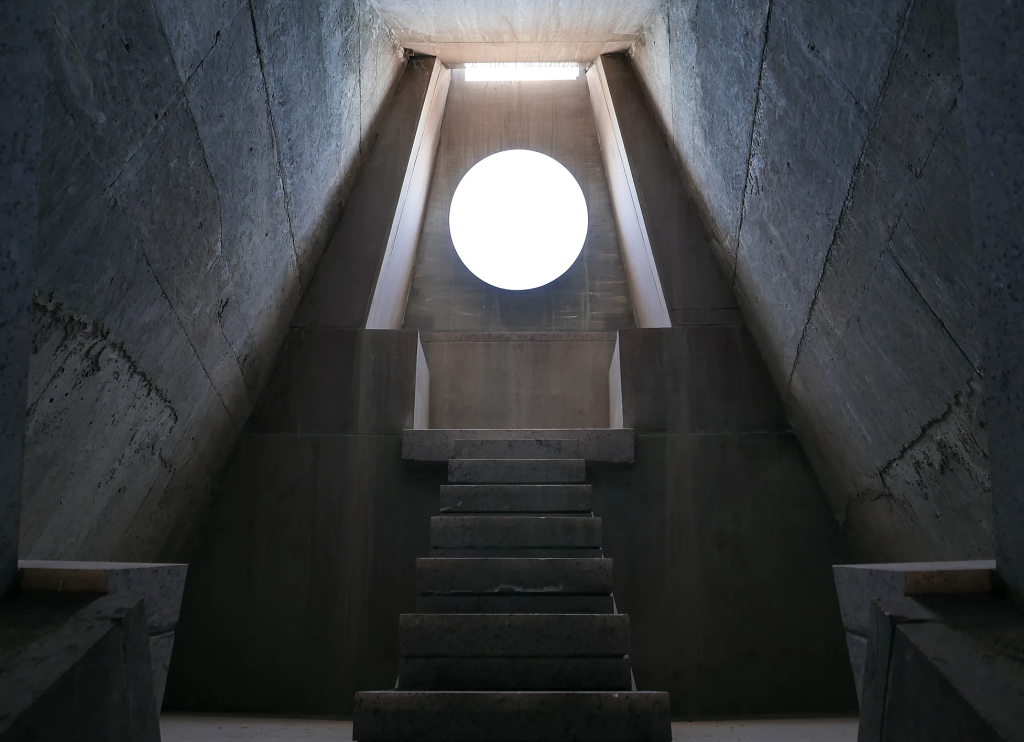
Symmetry
Regular arrangement of the parts or points of a body or figure in relation to a point, axis or plane.

Hierarchy
Relationship of supremacy of an element over others based on an established approach. This can be achieved through the size, form or situation.

Module
A unity element which serves as a proportional unit, and which is repeated on the same scale or at different scales. This was widely used by Le Corbusier.
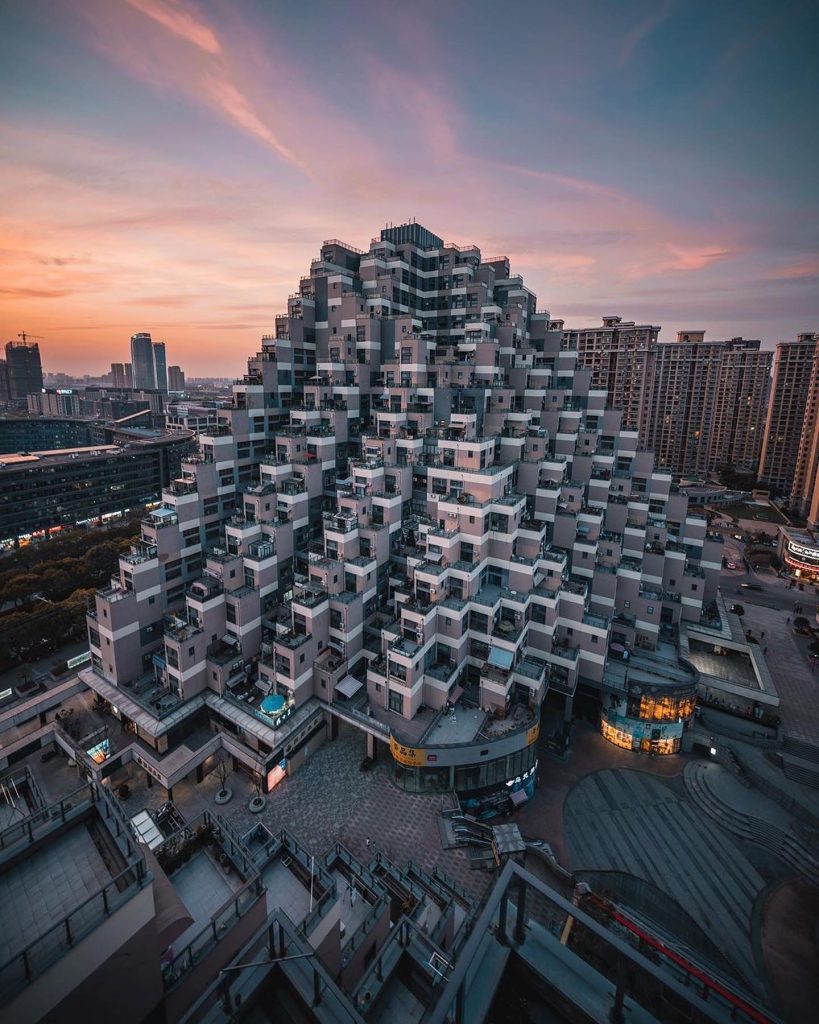
Grid
Composition based on a net of axes serving as a guide
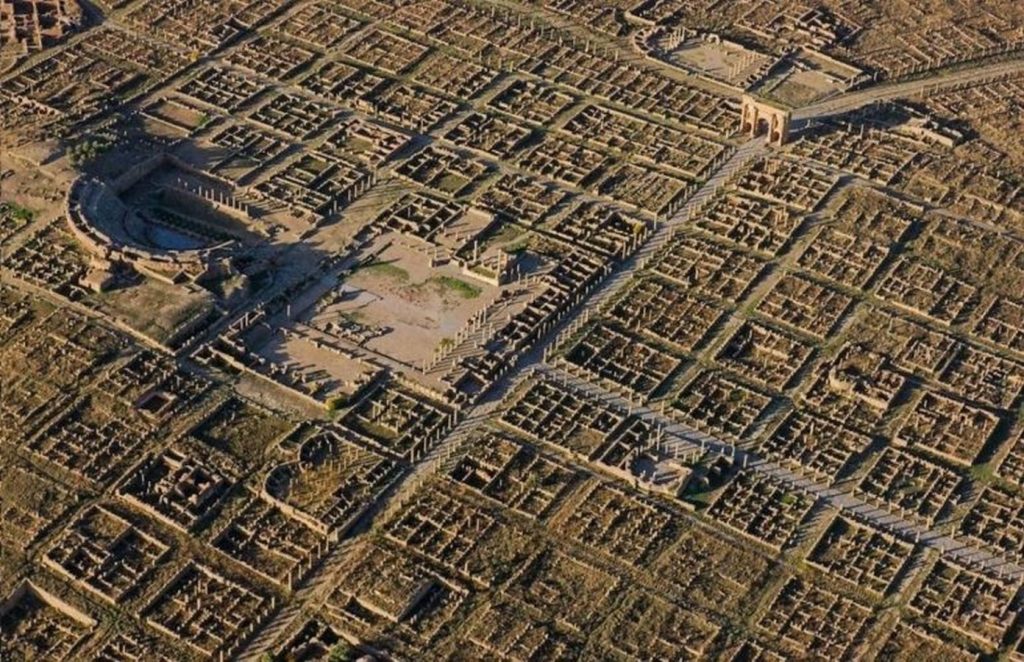
Movement
The irregularity of forms and the variants of order inspire the idea of movement, of displacement.
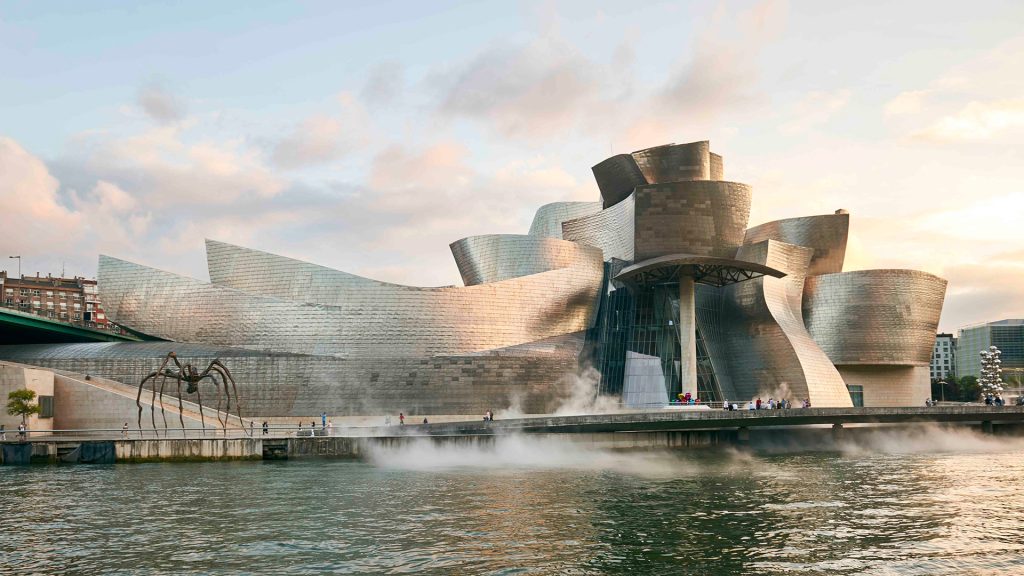
Unity
The relation of the parts to the whole so that nothing should be removed or added. There’s a certain visual connection that makes them seem to go together.

Centrality
Organization of space around a center.
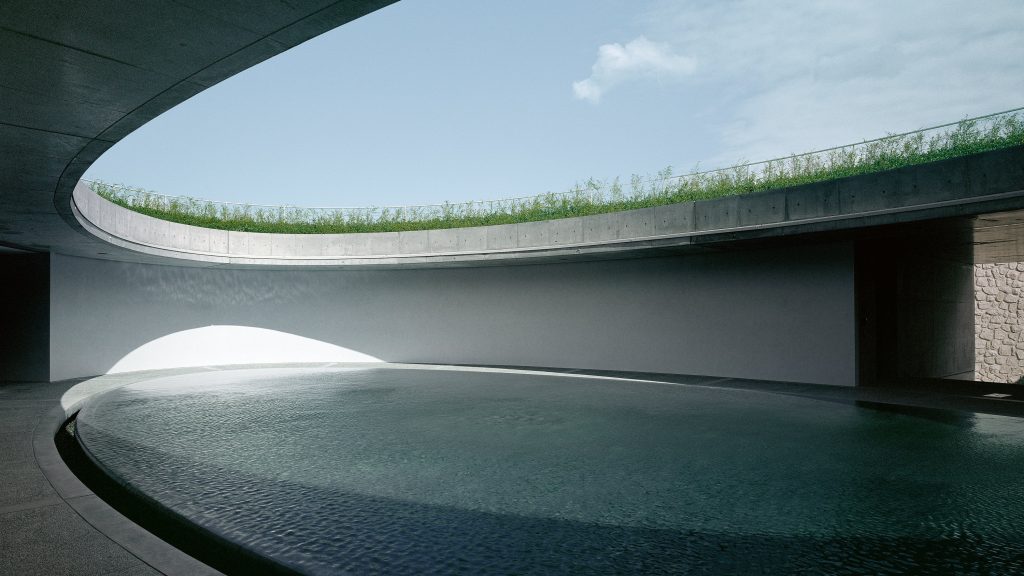
Balance
Complementary relationship between the elements of a composition. If a project is equal and symmetric, it’s balanced.

Limits
It’s the edge of the elements of a composition where there’s a change from the rest.

Light
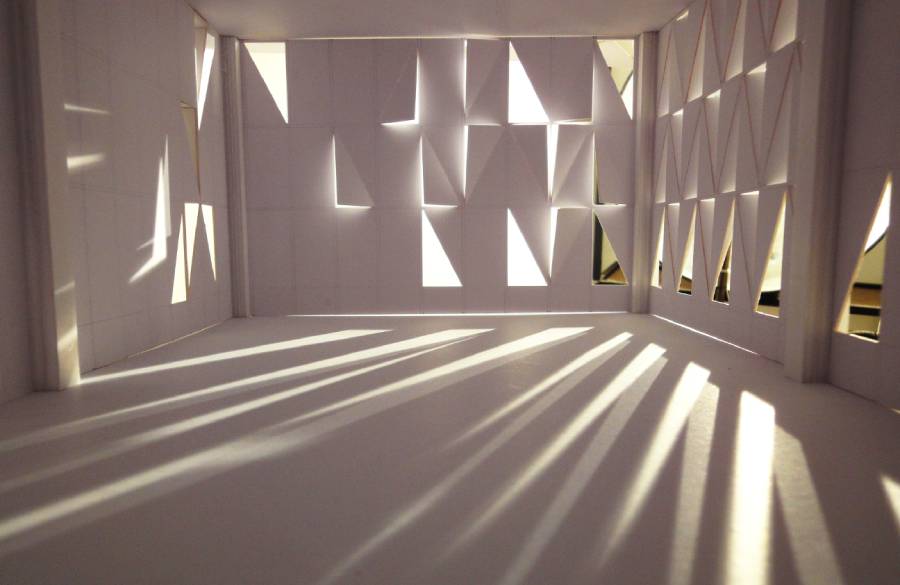
Contrast
Contraposition of elements on the basis of volume, color, shape, texture, size, disposition,…
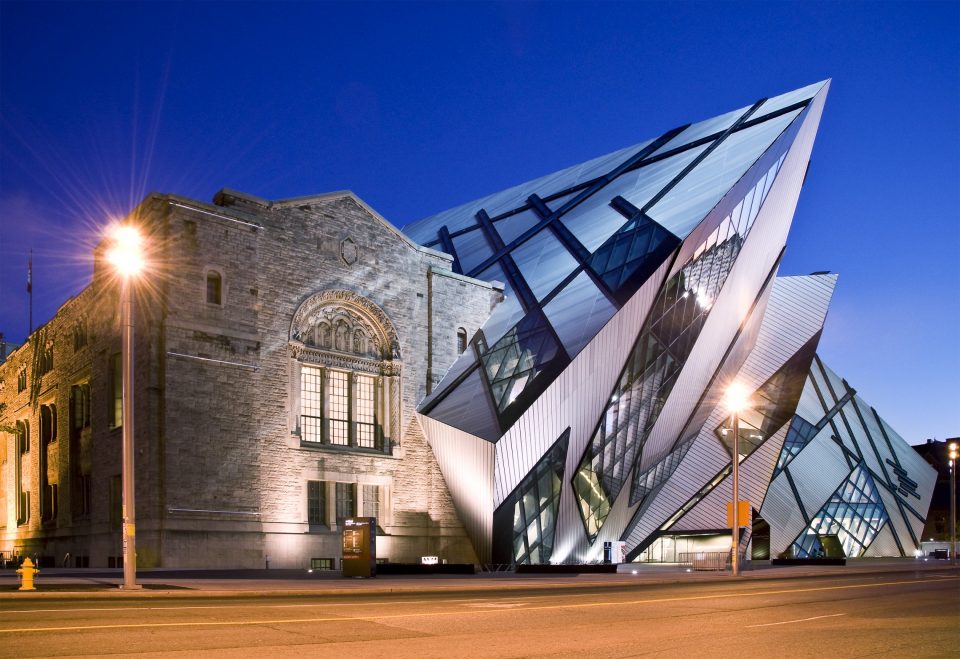
Colour
Chromatic manifestation of the elements used.

Texture
Surface finishing of the elements involved in the final perception of architecture.

Proportion
Harmonic relation of dimension according to certain mathematical or geometric rules.
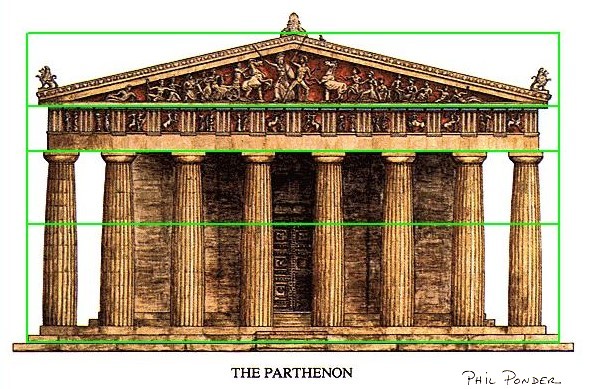
Scale
Relation between the size of the building and the size of a human being.
